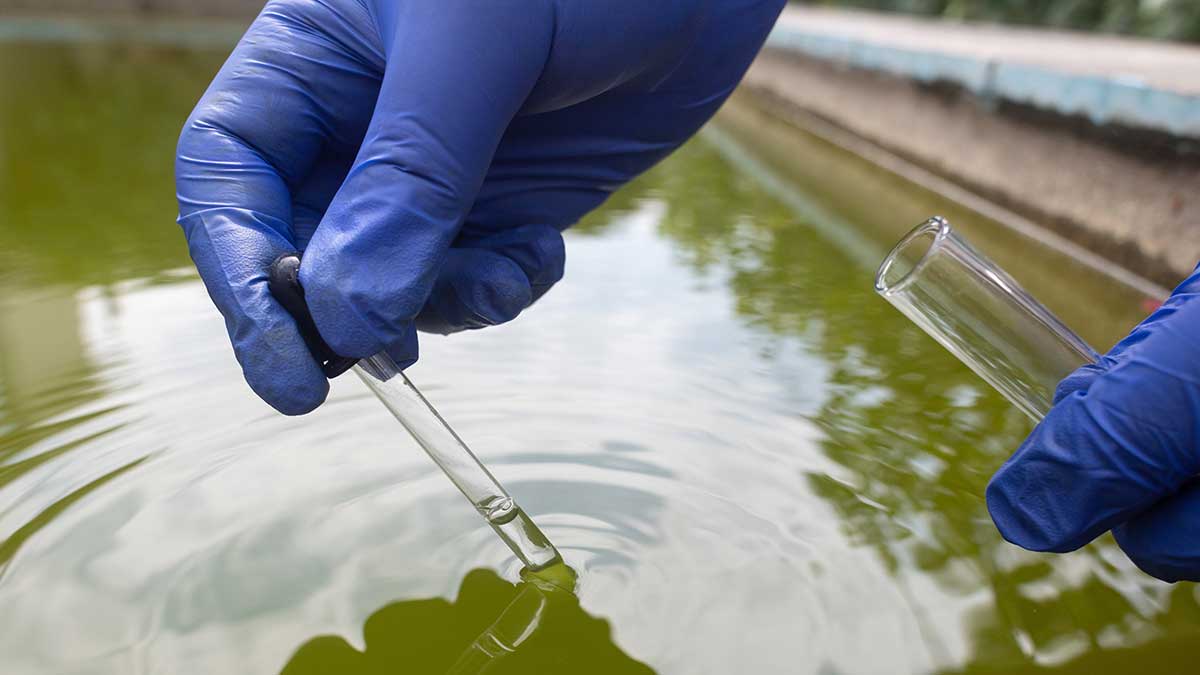Pharmaceuticals from cold medicine, antidepressants and painkillers to cancer drugs and antibiotics pollute the environment — humans dose the rest of the planet with often harmful biologically active chemicals when we excrete them and flush unused drugs down the toilet. Doctors and pharmacists once considered flushing expired and unwanted medicines down the toilet to be a safe disposal method and even recommended it. We now understand the implications of flushing pharmaceuticals: drugs in our environment.
The United States Geological Service reports that a wastewater study conducted between 2004 and 2009 found a variety of drugs in sufficient concentrations to have an adverse effect on wildlife and humans. Samples from 23 wastewater treatment plants were sampled, and researchers found varying levels of methadone, oxycodone, and butalbital, among other pharmaceuticals.
Life Cycle of a Pharmaceutical Drug
Imagine a bustling laboratory filled with advanced scientific equipment. It’s chugging along, producing mass amounts of powders, pills and elixirs. This is where pharmaceutical drugs are brought into the world. The manufactured drugs are marketed through medical journals and mainstream media. Pharmaceutical representatives act as liaisons between companies and consumers, connecting with health care professionals and the general public to distribute the drugs around the world.
The drug ends up in the hands of a consumer who wants it to treat cold symptoms or relieve headaches. Once the medicine enters the body in some form or another, it is delivered to the cells, tissues and organs. The medicine is gradually metabolized and what is not absorbed by the body is excreted as waste, free to flow down the drain.
The pharmaceutical-laden waste travels through sewer pipes and reaches a wastewater treatment plant, where it is cleaned before being released into the environment. Treatment plants use aeration, settlement, chlorination and digestion to get rid of potential pollutants. However, these processes do not entirely remove pharmaceuticals, and leftover contaminants are released into waterways where they can end up in various ecologically sensitive places.
Pharmaceuticals in Drinking Water
Up to 5 percent of pharmaceutical elements are not removed by wastewater treatment and have been found in drinking water reservoirs. There have not been sufficient studies on associated risks of drugs in drinking water, though the Environmental Protection Agency is working to determine pharmaceutical concentrations in waterways and their consequent health hazards. Given the amount of water we drink, compounded pharmaceuticals in drinking water likely pose a threat to human health.
Contaminated Ecosystems
In addition to drinking water reservoirs, water discharged from treatment plants can reach aquatic environments like rivers, lakes and oceans. The organisms living in and around these ecosystems are sensitive to the unnatural chemicals in pharmaceuticals and experience profound effects. For example, estrogen originating from birth control pills can cause feminization of male fish, negatively effecting reproduction and reducing population size. Aquatic plants can absorb the compounds in pharmaceuticals as well. The contaminated plants are then eaten by herbivores, which are eaten by carnivores, allowing potentially harmful pharmaceuticals to move up the food chain.
Green Alternatives
Today, there’s a drug to address just about any condition, and environmentalists are worried about the effects of a growing pharmaceutical industry. The rise of GLP-1 weight loss drugs, for example, is flooding water treatment facilities with excreted chemicals that have not been the subject of environmental impact research.
Think about the environment before you pop a pill. There are plenty of eco-friendly options to treat an array of ailments ranging from a stuffy nose to diagnosed depression. The wonders of natural cold remedies are no secret, and the healing power of essential oils has no limit. Learn more about green birth control methods and find environmentally responsible seasonal allergy treatments.
Of course, some health needs require something more powerful than a home remedy. Switching to a homeopathic doctor who encourages natural healing and prescribes natural medications is the best, greenest option.
And if you have expired or unwanted meds, keep an eye out for pharmaceutical take-back programs in your area where unneeded drugs will be incinerated or otherwise disposed of. If a take-back program is not an option, you can dispose of pharmaceuticals in your household trash – but first, read the FDA’s drug disposal guidelines.
Take the plunge and green your health care – for the environment!
Source link
Lauren Murphy earth911.com

